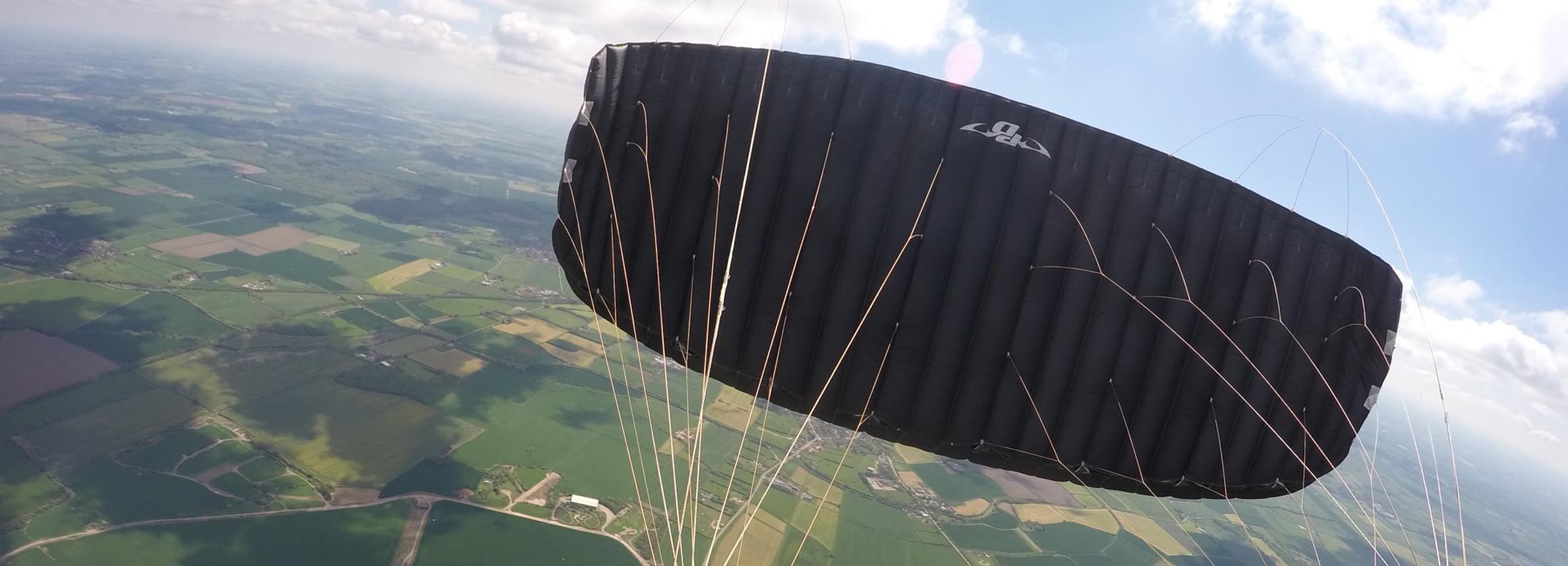Understanding Wingloading
By Ally Milne
Not knowing your wingloading as a licensed skydiver is just like not knowing the current landing direction. It's an important piece of knowledge that everyone should know, luckily it is easy to work out as I will explain below.
Wingloading is a number that represents your exit weight divided by the size of your canopy. The higher the number the faster you are going to fly, and the more responsive generally your canopy will be. Knowing your wingloading can help you decide the landing order of people you are jumping with to help minimise canopy traffic and reduce risk. Calculating wingloading is taught as part of the USPA A Licence, so every student from that progression system will know how to calculate it from an early stage. There is a section about this in the CH manual that is often overlooked. Perhaps if coaches and instructors used this as a practical exercise it would help develop new skydivers knowledge base.
Exit Weight
This is the total weight of you and everything you are wearing (clothes, equipment e.g. lead) to jump. The easiest way to accurately work this out is to weigh yourself when you are kitted up at your DZ's tandem student scales. This should be worked out in pounds (Lbs). If the scales only use kilos (Kgs) then multiply this number by 2.2 to get pounds.
Canopy Size
This is normally easy to work out. However some (generally older) canopies don't give a size but a name e.g. Manta, Fury or Raven 2, ask a rigger or instructor if you are unsure. There are lots of articles out there about how different manufacturer's actually measure canopy size, so be wary of comparing canopies made by different companies.
Calculation
Exit Weight / Canopy Size = Wing Loading (Lbs/Sq ft)
Right now the only wingloadings given in the Operations manual are for students:
| Max Wingloading Lbs/sq.ft | Who? |
| 0.8 | First jump students |
| 0.85 | Students after first jump |
Wingloading is not the only factor. A 240 canopy loaded at 1.1 and a 150 canopy loaded at 1.1 will not perform the same. The smaller canopy will have shorter lines and respond and dive more quickly, hence will be less forgiving to poor flare technique. Working by wing loading alone often catches out lighter skydivers due to this reason. You should also note that the USPA deems a 150 canopy at any wing loading to be advanced.
There are variety of other factors in addition to wing loading that can affect how your canopy flies, in addition to it's size, planform (shape) and aspect ratio of the canopy. This however will be discussed in a further article. So now you know how to work it out, get out there and find out yours! Also work out the wingloading of your reserve. Check its maximum suspended weight and consider maybe after having a cutaway isn't the best time to be downsizing!

Do you have a question about this article or a question for Ally himself?
If you have any worries, questions or want further knowledge or training then feel free to contact me anytime on Facebook or Instagram (allymilne1). When coaching or load organising I always look to give my students, not only freefall tuition but help expand their equipment knowledge and give canopy tips to improve their safety and help progression.
Ally is available for: Tunnel coaching, Sky coaching, Canopy coaching, load organising, BPA coach rating instruction, public / private parachute displays and media projects.
Ally is proudly sponsored by: Vertex Sky Sports, United Parachute Technologies, Performance Designs, Airtec, Larsen and Brusgaard and Cookie Composites.
